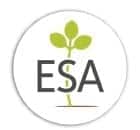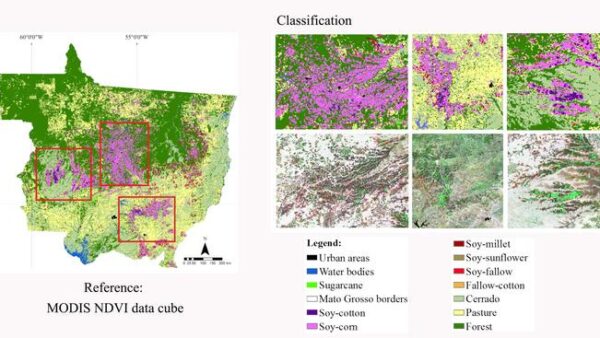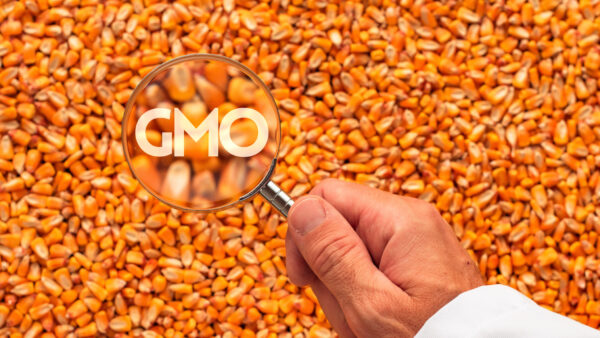
It the 2014 ESA Annual Meeting in Lisbon, Portugal, the European Seed Association launched its vision document ‘Speak up for Seeds’. The document laid out its own ideas, outlining the seed sector’s current and future priorities. One year later, we look back at what has happened with the document and its impact on the industry.
European Seed: What triggered the creation of the vision document, and why is it important to the European seed sector?
ESA: The report from Member of Parliament (MEP) Paulsen on plant breeding innovation entitled, ‘What options to increase quality and yields?’ was one of the starting points of our internal discussion at the European Seed Association. The report mentions “the importance of the plant breeding sector as regards the productivity, diversity, health and quality of agriculture, horticulture, food and feed production and the environment.” But the global perception of the seed sector is often far, and sometimes very different, from these conclusions. The seed industry image is rather negative, probably due to a weak understanding of the role of our sector towards the worldwide and European challenges. The idea was to put research and development as a central and widely positive seen thing into the focus of a new communication strategy. The vision document was the response of our sector to that.
A working group composed of about 15 representatives of the plant-breeding sector: breeders, seed companies and national associations, established key communication messages about our sector. We want to have a dialog of quality with the regulators and decision makers in Europe and with experts, media and more globally with the wider interested public and to communicate on our intentions and ambitions.
ES: One of the targeted audiences is the media. Can you tell me more about how ESA has targeted this audience? How many, and which media have been reached, and has there been any feedback?
ESA: On the occasion of the official launch event of the vision document at the EU Parliament, it was also presented to the press and we had a journalist from Agra Europe present. The document Speak Up For Seeds aims at targeting different groups with no technical background or knowledge about the sector. Even though only the specialised press was invited to the event at the European Parliament and they have reported on it, the document is also intended for the general media. As the seed law was rejected last year and the Commission did not come back with any other proposals, the decision-makers are not working on this file and it is challenging to bring the attention of media and Members of the European Parliament back to this subject. The press was invited to discover more about the Speak up for Seeds campaign and the vision document during the event and this document will be a tool to communicate and present the sector in the future, at ESA’s events or whenever there will be an appropriate occasion.
ES: Is there a way to bring this document to the attention of the general public and are there plans for translation into other European languages?
ESA: The main target groups are decision-makers, in Brussels and at a national level, other associations or NGOs, which are or potentially will be partners of ESA in different fields. Reaching the wider public would be quite difficult and it would require significant resources. We believe that the vision document is a tool available for our membership that can be used in many ways. It could help reach the general public, i.e., during an event organised by a national association, it could be distributed to the participants or companies could make use of it when they have initiatives to involve and present the sector to citizens, such as during “open door” days at their premises. It is important to understand that this document represents only the first step of a broader communication strategy that should improve the image of the sector in the future. The document was translated into five other languages: French, Italian, Danish, Slovenian and Spanish and already presented to the press in some of those countries by the national association members of ESA.
ES: How has ESA targeted the decision makers in Europe? And what should change on the side of the regulators. In other words, which type of mentality would you like to see on their side?
ESA: ESA is in contact with decision-makers on a daily basis. Having the right tools to present the sector and make them understand what plant breeders and seed companies really do is a key factor to gain their support. Members of the Parliament, Commission officers and representatives of Member States need to get familiar with the sector, recognise the importance of plant breeding and understand the benefits in our daily life. Regulators should be open for discussion, comprehend the sector and make decisions on a scientific basis. To get there we need a first approach, which has to be more general and capable of making them feel comfortable when arguing in favour of our sector. Ideally, decision makers would be open minded, willing to get informed and pro innovation. Nowadays we are missing some of those characteristics.
ES: Has there been a good coverage of the document and what has been the impact so far?
ESA: MEPs are generally happy to receive this kind of document. It allows them to have an idea about the sector without getting lost in technical issues. Those who do not know the sector are most of the time positively surprised when she/he discovers what breeders do, the link with the food on their plate, with what they wear or what they admire in their garden, is more effective than any graphics or scientific papers they could get.
“We need a strong and competitive European research on plant breeding. I get really sad and disappointed when I see how business after business in the plant breeding sector moves their research about future plant breeding techniques to other parts of the world, especially the U.S. This makes it really difficult for Europe to compete globally and to preserve the European genetic and cultural diversity.” stated MEP Marit Paulsen during the presentation of the vision document at the Parliament.
Moreover, Agriculture Commissioner Hogan said, “Plant breeding is among the fundamental activities to ensure food security. There is a need to highlight the importance of research and innovation in the field of agriculture. I encourage you [ESA] to keep the issue at the forefront of public attention, as you have been doing.”
ESA will continue to work and lobby for that, we hope we will get more and more support in the future and to have many more decision makers on our side.
ES: What is the key message of the ESA vision that you would like the readers to take home and talk about with their friends, family and colleagues?
ESA: Without plant care products and machinery, agriculture would be very difficult but without seeds, it would be impossible. Behind the beautiful landscapes in Europe, behind every single plant, there is a seed. In a context in which mechanisation reaches its limits and other inputs such as fertilisers or plant protection products are being more and more restricted, seed innovation must be at the heart of the food chain. The seed sector invests up to 20 per cent into R&D to improve plants, innovates for yield, food security, choice, quality, sustainable farming and diverse uses of plants in a modern bio economy and drives growth in Europe’s rural areas.
For all these reasons, the sector has to be recognised as the key sector to help achieving policies’ objectives and should be supported to boost its competitiveness and develop the solutions to the challenges of the future.
Where on the Web
https://www.euroseeds.eu/speaking-seeds-european-parliament#sthash.bodJq56c.dpuf












